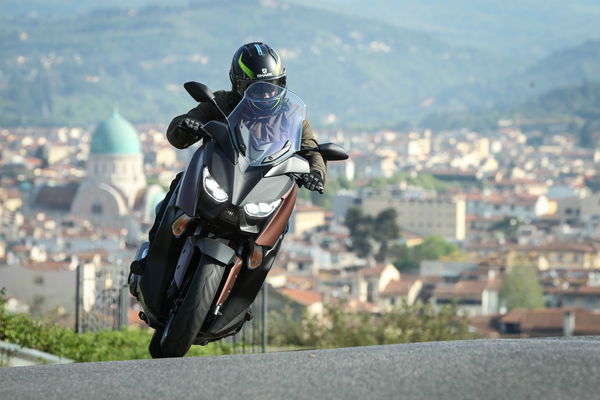Head to head: Honda CBR650R vs Kawasaki Ninja 650
We pitch two of the bestselling middle-weight sports bikes available in 2020 against each other – is it Team Green, or Big Red that takes it?

THINK of comfortable, middleweight sports bike that can do it all and the Honda CBR650R and Kawasaki Ninja 650 are probably near the top of your list.
In truth, each of these bikes would be right at home on the track, the morning commute, or even on a long-distance tour. They both offer accessibility to new riders and enough poke for more experienced pilots.
But despite sharing the same capacity, they both go about succeeding in the middle-weight sector in vastly different ways.
In this head to head, we’re going to look at the pros and cons of each bike to try and help you figure out which to buy.

Price
As with any modern, middle-weight machine, price is a point that’s of primary focus to the manufacturer.
The Honda comes in at £7,949 and can be bought on a PCP deal for as little as £99 pm.
For that you get the latest update of the bike with it’s ‘Blade-a-like styling, a new LCD dash, a revised exhaust system over the previous generation and the obligatory Euro5 engine.
The Kawasaki starts at £6,899 and rises to £7,049 for the KRT replica version you can see us riding in the video. The Kawasaki can be bought on a PCP deal for a little as £90.39 per month.
For that you get the updated styling for 2020, improved rider and pillion comfort, the easiest to read TFT dash on the planet, all LED lighting and a Euro5 engine.
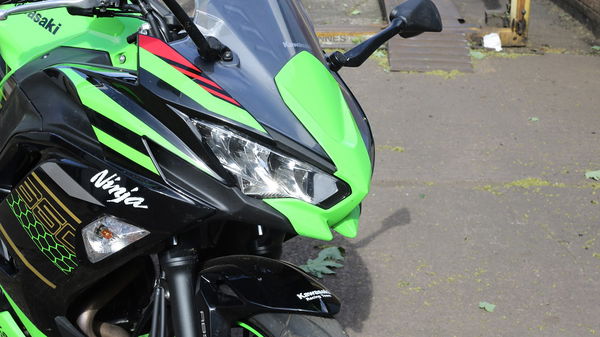
Engine
So, let’s get into the meat of each of these two machines.
Powering the Honda is an updated version of the inline four-cylinder engine that is also found in the CB650R modern retro naked machine. And it is a genuinely nice unit. It produces a claimed 93bhp and 47lb-ft of torque. Out on the road, the engine is a case study in Honda engine management, with a lovely smooth delivery that hides no glitches or peaks to catch out an unwitting newbie. The CBR650R is also blessed with a lovely exhaust note that is almost unmistakable as a Honda, backed up with some lovely induction howl as the engine gets into the sweet spot
The Kawasaki relies on an engine that has probably helped to power more people to their full licence than any other engine – the parallel 650 twin as seen in the ER6. Kawasaki hasn’t sat still on the development front though; the engine has been heavily re-worked and not just for Euro5. It now produces 67bhp and the same as the Honda, although the twin-cylinder seems much torquier, at the expense of outright power.
It’s worth noting that both are eligible to restrict to an A2 licence compliant 47bhp, as both are fuel injected it’s a simple matter of getting the bike sorted at an approved dealership and then sending the proof off to your insurance company.
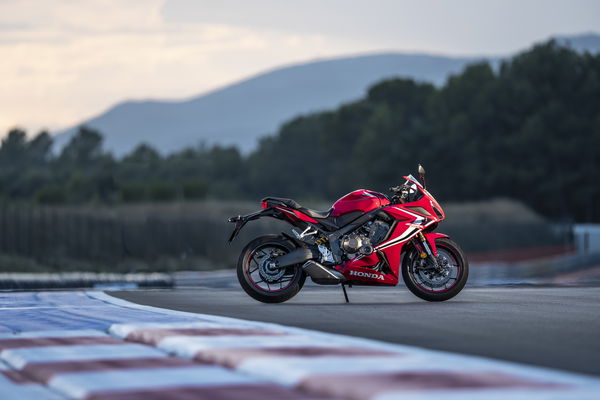
Handling
If there is one thing a rider moving up through the ranks needs from their bike, it’s secure, stable yet exciting handling. You don’t want a bike to bore, but you don’t want a razor-sharp race-bred machine either!
And again, both bikes are ideal, although both in slightly different ways!
The Honda is by far the sportier of the two models, featuring a firmer suspension set up and a sportier chassis than the Team Green challenger. The chassis is nicely balanced and features Showa SFF BPF – although they aren’t adjustable, although that is a theme in this sector.
The Kawasaki is a much more relaxed machine on the road, with softer suspension that’s more at home soaking up bumps than it is hammering into hairpins. Again, the suspension on the Kawasaki non-adjustable but do you know what – for these types of bikes and for the riders they are aimed at, I don’t think either really needs it.
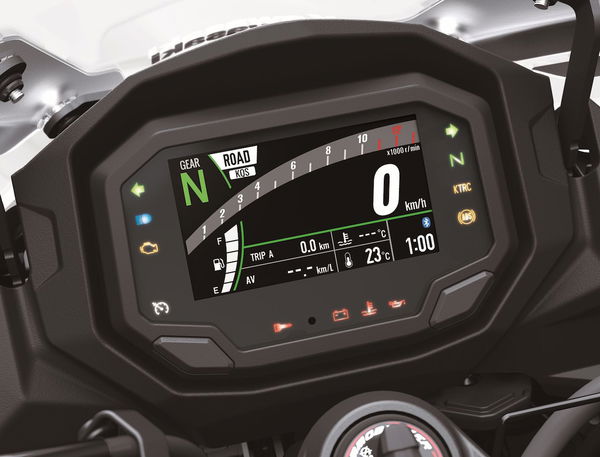
Equipment
No modern sports bike is complete without a bit of bling and both bikes have flashy looking dashes although in the real world one is far superior to the other.
The Kawasaki system takes the biscuit as the best TFT on two wheels. It’s clear, very easy to read and has all the information you need organised in an uncomplicated manner.
The Honda system looks great and again, it has everything you’ll need, although on the launch I do remember finding it a little tricky to read in direct sunlight.
The Honda gets switchable traction control – just on and off – while the Kawasaki has no such electronics. While some may like the extra layer of protection from the Honda, I never really missed it on the little Kawasaki. Its delivery is so dependable, and its torque is so useable, you never really seem to be on the wrong side of the dyno curve.
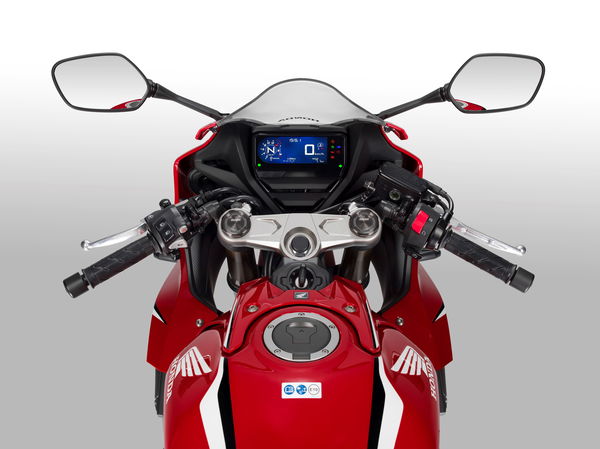
Verdict
With these two bikes making different levels of power in different ways, you’d think it’d be very easy to just brand the most powerful the winner. But I like to think that despite sharing a displacement, these two bikes are perfect kits for very different people.
For those that are looking for true supersport performance in a real-world package, the CBR650R cannot be ignored as a very capable weapon. It almost embodies the track day on Sunday, commute on Monday tagline.
It isn’t though quite as comfortable as the Kawasaki, both in terms of road comfort and also long-distance ability. If you want a bike for primarily riding, and not just thrashing around B-roads or racetracks, the Kawasaki Ninja 650 offers something that almost no other sports bike does – real-world comfort and rideability.
So the bike you should go out and buy needs to fit into one of those categories.
